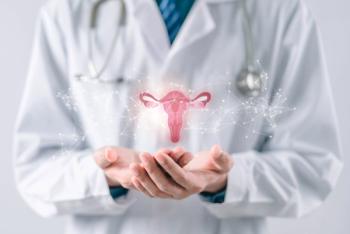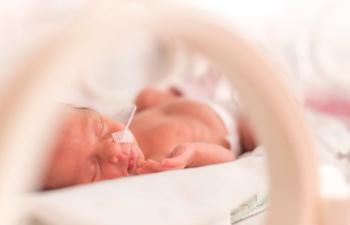
Improving Uterine Artery Embolization Outcomes in Infertility Patients
Uterine artery embolization for fibroids results in a tremendous reduction in menorrhagia. But while complication rates are low, up to 15% of patients are readmitted for indications like pain, bleeding and infection.
Uterine artery embolization for fibroids results in a tremendous reduction in menorrhagia, according to Charles March, MD, of the University of Southern California and California Fertility Parnters. About 90% of patients are satisfied. While complication rates are low, in some studies up to 15% of patients were readmitted for indications like pain, bleeding and infection.
“That’s part of the reason you have to get the gynecologist involved very, very early,” he said. “There are not very many complications. Late complications are the result of the drifting of particles [during the procedure].”
While failure rates are low, they’re slightly higher in patients with adenomyosis. “It’s a great reason to use MRI as your pre-op study, because you can differentiate,” he said.
In addition to collaborating with a gynecologist and MRI, March recommends a preoperative evaluation that includes:
- Endometrial biopsy
- Creatinine
- Coagulation studies and
- Pregnancy testing
Lateral spread of particles may result in ovarian failure, fistulas, uterine mitosis and labial injury. In women in their early to mid-40s, it may result in complete loss of the arterial signal to the ovary. It is not a procedure that should be considered for women interested in pregnancy or wishes to retain ovarian function, March said.
He stresses that gynecologist involvement is advised should the procedure result in ovarian failure.
Miscarriage rates after uterine artery embolization is similar to that of rates with an untreated fibroid.
Newsletter
Get the latest clinical updates, case studies, and expert commentary in obstetric and gynecologic care. Sign up now to stay informed.










